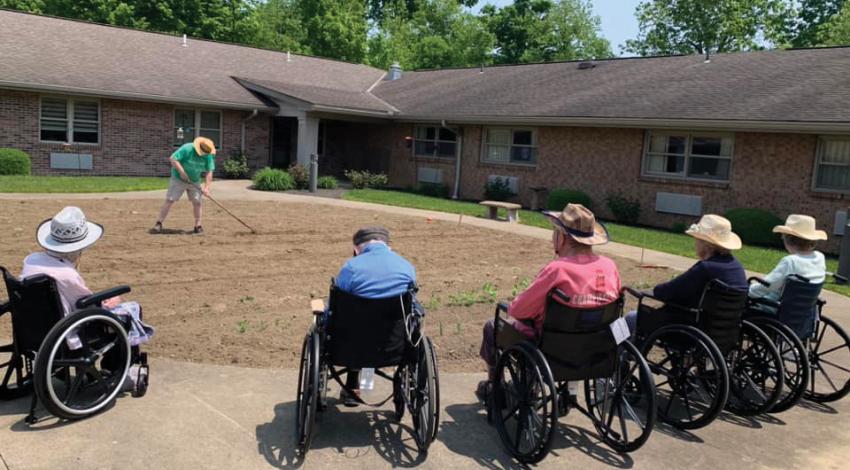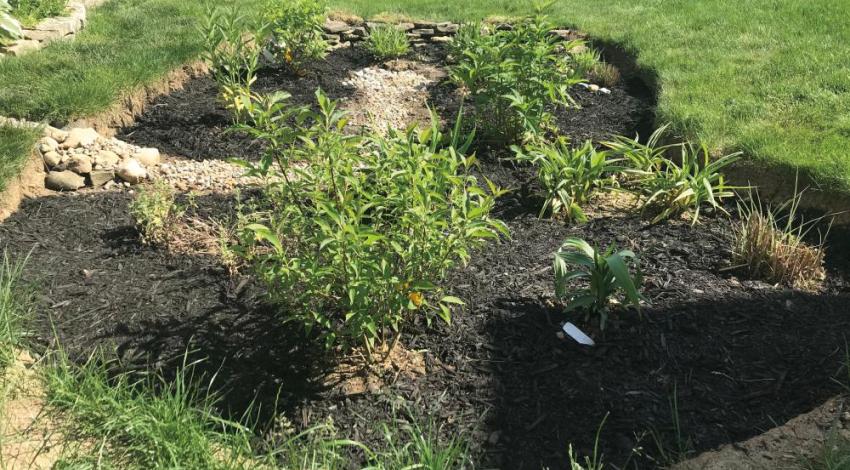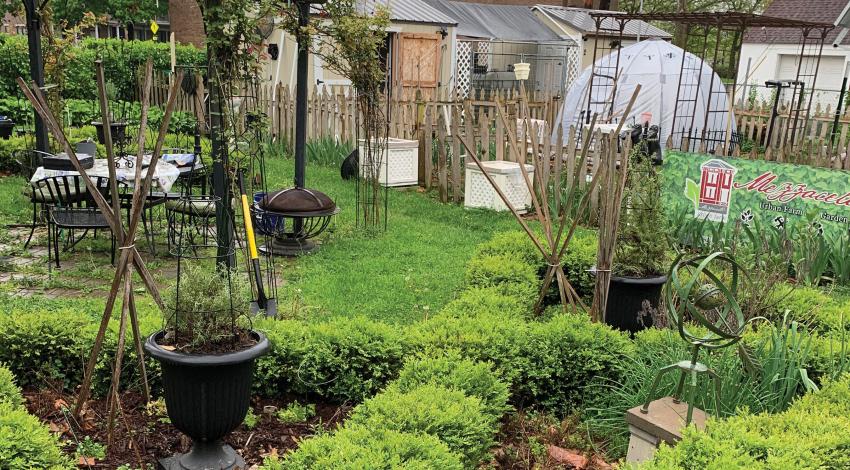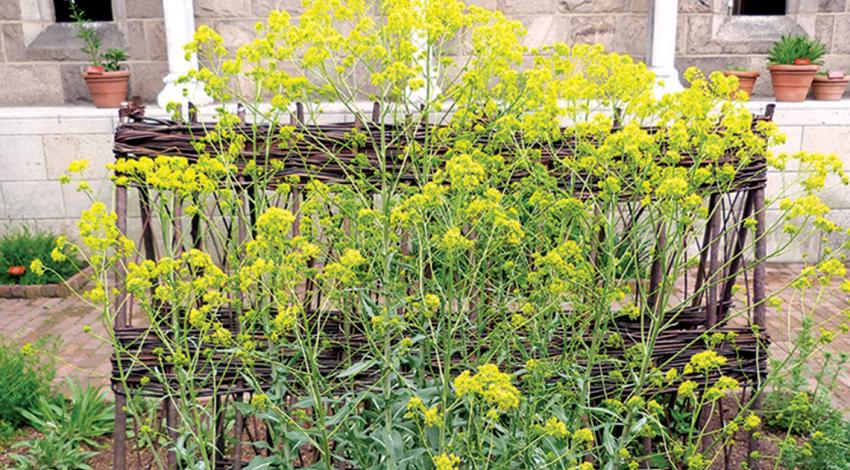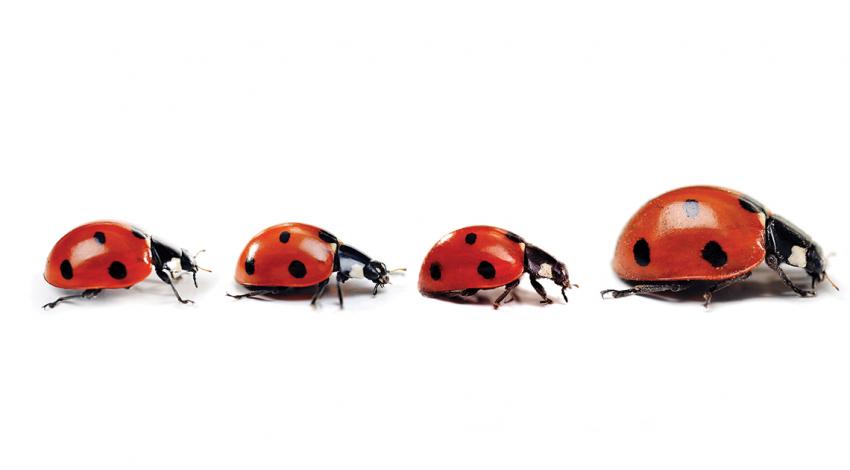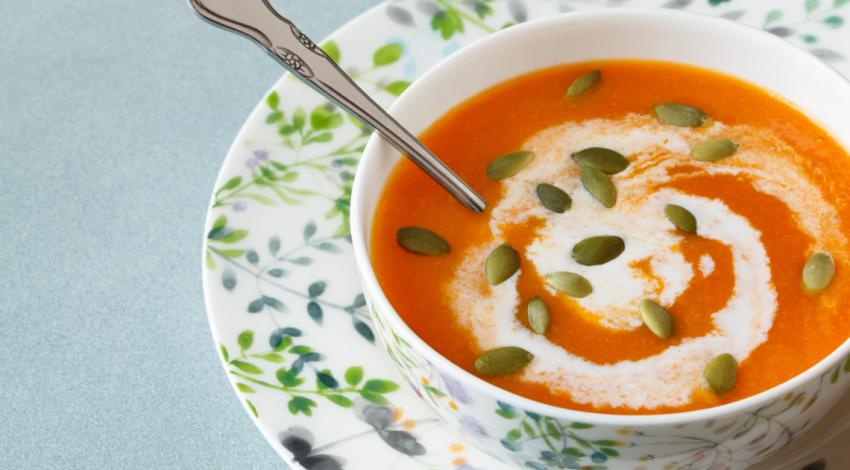gardening
Jerry Banks has a green thumb — something to which his family could always attest. Now, so can the residents and staff at Woodland Country Manor in Somerville.
Banks and his wife, Kathy, residents of Somerville and members of Oxford-based Butler Rural Electric Cooperative, always had a home garden but expanded their gardening activities when her parents (Homer and Phoebe Polser) moved to the retirement community not far from the “homeplace.”
“They used to tend a 1½- to 2-acre garden,” Banks says. “He was not one to sit around without getting some dirt on his hands, so Kathy and I thought a garden would help with the transition.”
Tired of losing tomatoes to unwanted garden pests? Worried you’ll need to sacrifice excellent taste for improved yield? Take a deep breath and relax: This year, you can have your tomato and eat it, too.
If you want to grow delicious, homegrown tomatoes this year, simply focus your attention on these three stages of gardening: planning, preparing, and protecting.
Stage 1: Plan
Planning for a successful tomato harvest starts with choosing the right varieties to grow in your garden.
Jackie Driscoll paints her landscape with a palette of colors from native plants.
Driscoll has been gardening since she was a child. Her mother, who kept gardening until she died at 88, planted the joy of gardening seed in her daughter, and it still flourishes.
Jackie and her husband, Brian, lived in a Cleveland suburb while their children were growing up. Their property was small, but Driscoll kept adding plants to it. “My husband finally said, ‘You have to leave some grass,’” she recalls.
In April of 2020, we were just beginning to wrap our heads around the notion that the coronavirus pandemic would not simply disappear after the weather turned warm.
If that seems like a modest aspiration, understand that I’ve coveted a rain garden for many years. Designed to temporarily capture and slow the flow of water off your property, rain gardens are a practical and beautiful landscape feature that is becoming popular, especially for those looking to lighten their footprint on the Earth.
A stroll through this Ohio farm leads you past a lovely formal garden, a koi pond, and two fountains before you reach the medicinal, culinary, and potager gardens.
Ten years ago, the property was an abandoned 1868 Italianate house and two adjacent overgrown lots. After much planning, digging, and planting, Mezzacello now produces high-quality, nutritious food and serves as a learning lab where Bruner and local students test ideas. The name Mezzacello (“little Monticello”) pays homage to another lifelong innovator: Thomas Jefferson, and his agricultural experiments at his iconic Virginia estate.
If you were to imagine a garden in A.D. 800, you might picture unusual and long-extinct plants, but in fact, gardens of the medieval period (or Middle Ages) were filled with plants that have thrived for centuries and still grow in our gardens today.
Absinthe, or wormwood, is from the Artemesia family and is a lovely accent to a modern garden. Absinthe was called Mary’s tree and was used as a spice herb as well as for medicinal purposes, such as stomach disorders or nausea, and to repel insects from the vegetable garden, but is known mainly for the alcoholic beverage that is made from it. Absinthe can be grown from seeds sown directly in the ground or planted from potted plants in light, well-drained soil in full sun.
In 1975, the Ohio General Assembly chose the ladybug as the official state insect, citing attributes shared with the great people of the Buckeye State.
This orange-and-black or red-and-black speck of an insect (which is technically a beetle rather than a bug) is the size of a pencil eraser, and it brings a welcomed utility to orchardists and farmers alike. Ladybugs, as cute and dainty as they may be, are voracious predators of other bugs, including some destructive ones that are too small for the human eye to see.
Looking for a quick and easy way to rejuvenate your garden and generate more plants? Then it’s time to dig in and divide your old or overcrowded perennials. It’s one of the easiest and fastest ways to gain more plants. Division not only helps to control the size of aggressive perennials but will also revitalize new divisions so they bloom more freely and increase the overall performance for years to come.

